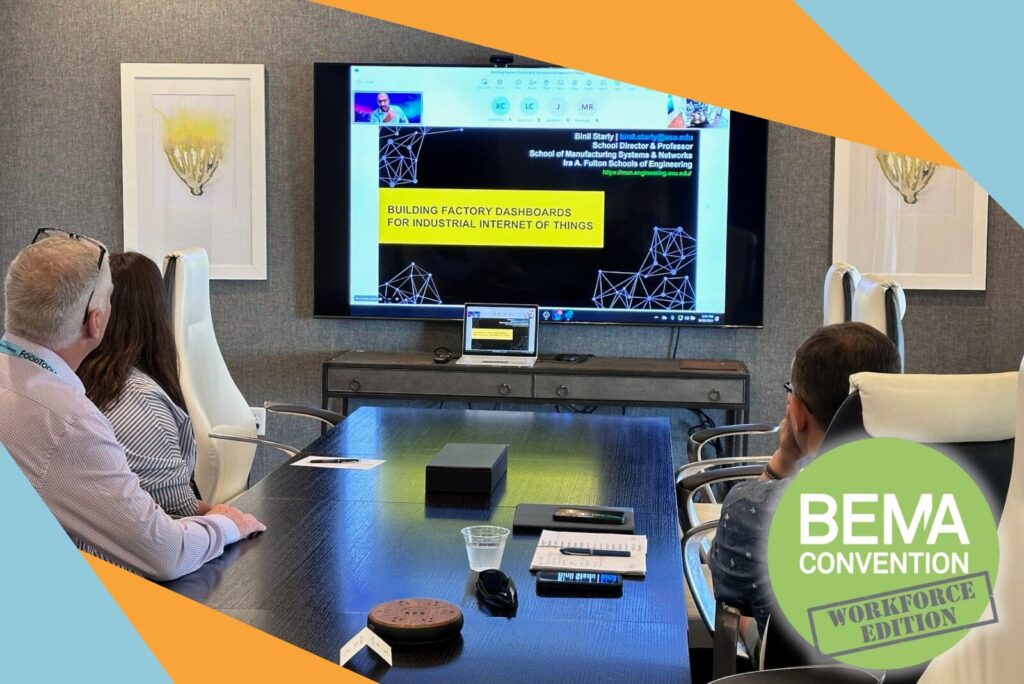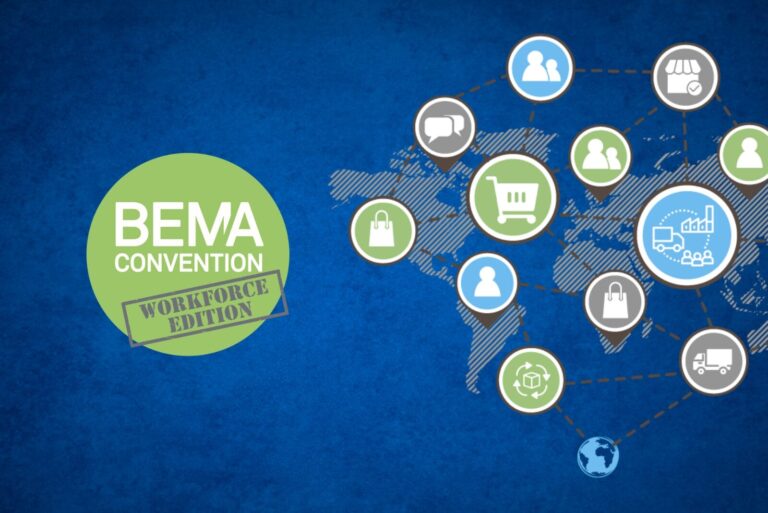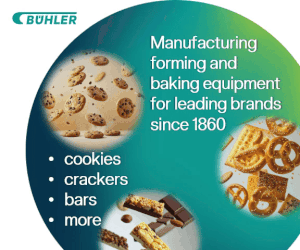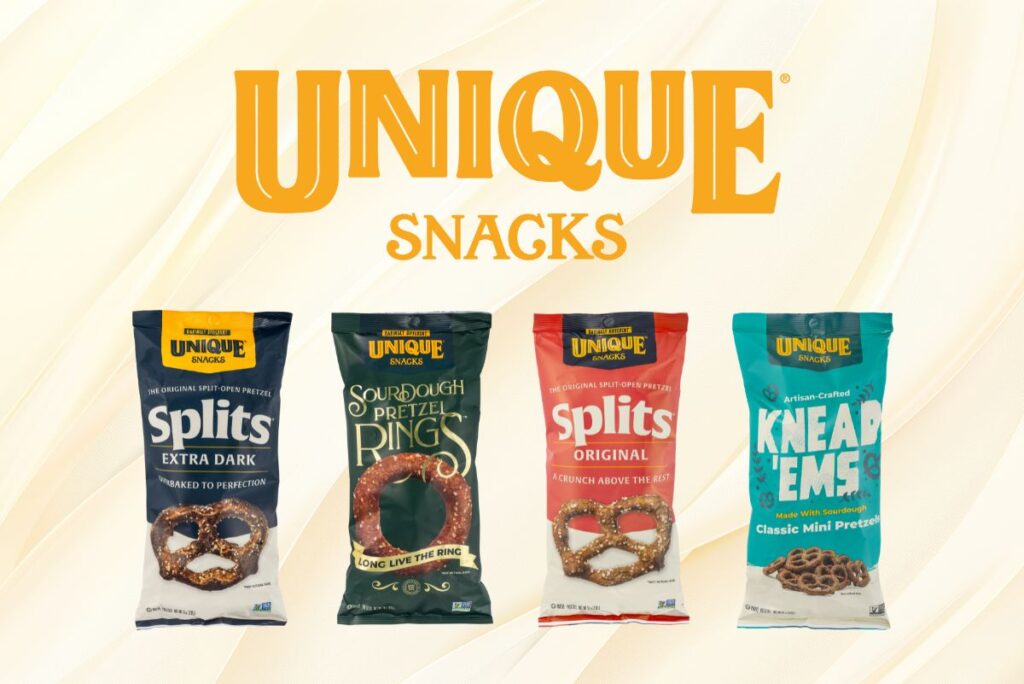PALOS VERDES, CA — The evolution of factory dashboards has been fast and furious as technological developments in the manufacturing space accelerate faster than ever. Today’s technology gives bakers the capability to analyze real-time data from almost anywhere, meaning operational decisions and course corrections can be made quickly, improving efficiencies and saving money.
As part of the virtual Workforce Edition of BEMA’s annual convention, taking place June 28-July 2 in Rancho Palos Verdes, CA, Binil Starly, a professor at the School of Manufacturing Systems and Networks at Arizona State University, discussed the capability range of factory dashboards during his session, Building Factory Dashboards for the Industrial Internet of Things.
“Factory dashboards are communication tools that enable a visual display of factory data – production yield, safety issues, equipment effectiveness — from multiple sources,” Starly explained. “Prior technology was all about single-source. Today, we have intelligent machines that can bring all kinds of data together in a single dashboard that allows you to make decisions at all levels within the factory.”









